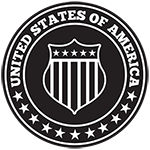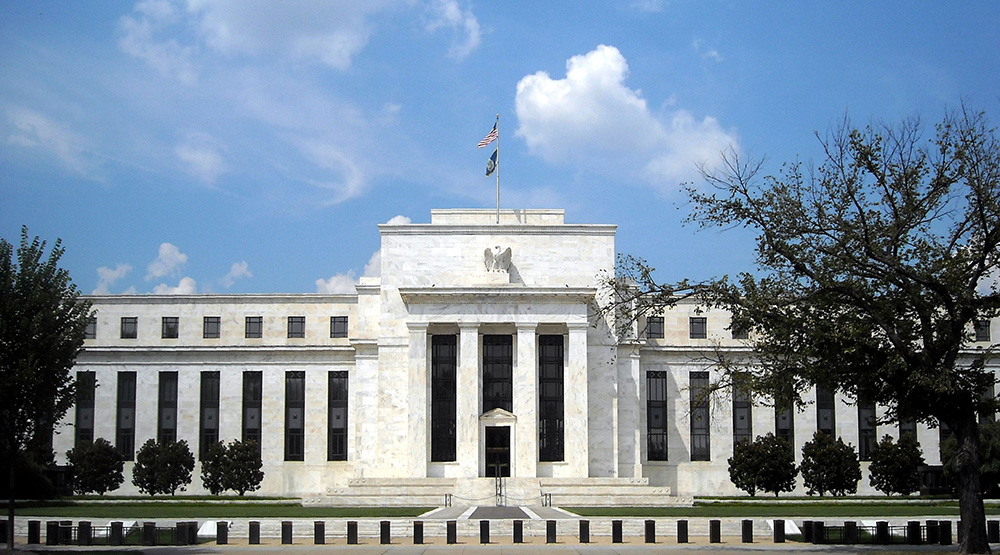The Federal Reserve Board is inviting comments on new proposals aimed at increasing the transparency and public accountability of its annual stress tests. This initiative comes as part of the Board’s ongoing efforts to ensure that large banks are adequately capitalized and can continue lending to households and businesses during economic downturns.
The proposals focus on several key areas, including the stress test models, modifications to the framework guiding the formulation of hypothetical scenarios, as well as the scenarios set for the upcoming 2026 stress test. This move follows the December 2024 announcement, wherein the Board indicated changes to improve the resilience of the stress testing process.
Vice Chair for Supervision, Michelle W. Bowman, emphasized the importance of transparency in the stress testing process. “In an effort to avoid litigation, the Board committed to make significant improvements in the transparency of the stress tests,” she stated. “These proposals are a necessary step toward fulfilling that commitment, and they will promote due process.”
According to Bowman, regulated firms must operate under clearly defined and transparent rules, as capital requirements should not be insulated from meaningful public scrutiny. She reiterated her dedication to fostering transparency and accountability within the Board and among supervised institutions, as this is vital for the integrity of the stress testing program and the broader regulatory framework.
The proposals include plans for an enhanced disclosure process for future stress test cycles, revisions to the annual timeline to allow for public comment on scenarios, and improvements to reporting forms to lessen the administrative burden and enhance risk assessment.
While the outcomes of annual stress tests can fluctuate significantly based on various factors, including the design of the scenarios, the Board estimates that the proposed changes to the stress test model and associated scenarios will not have a substantial impact on the capital requirements for the firms involved, across different stress scenarios and starting conditions.
Stakeholders are encouraged to submit comments on the 2026 stress test scenarios by December 1, 2025, and to provide feedback on the proposals aimed at enhancing model and scenario transparency by January 22, 2026. This engagement is expected to play a crucial role in shaping the future of the Federal Reserve’s stress testing framework.






